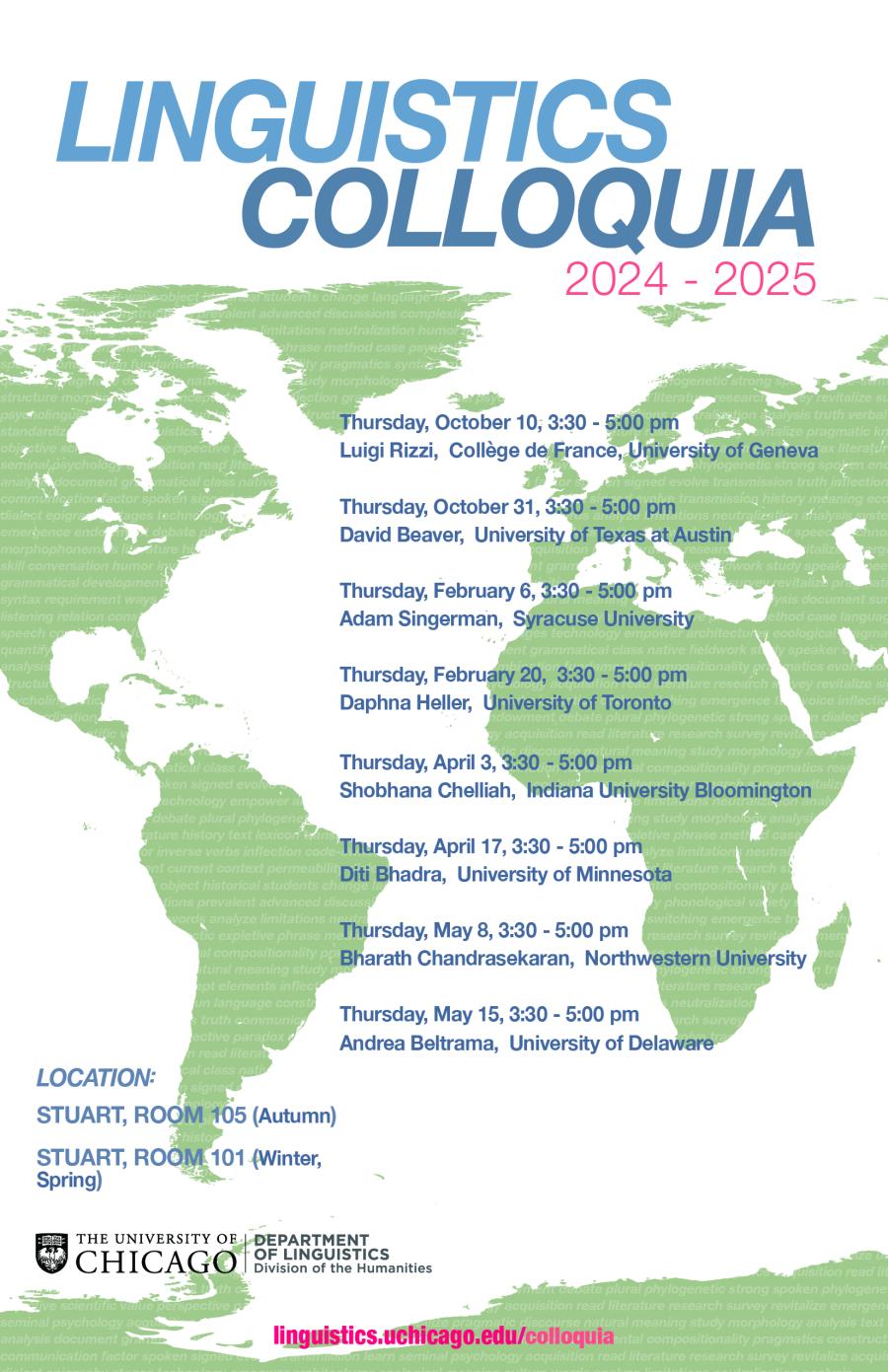Please join us for a colloquium talk that will be given by Hyoju Kim (University of Iowa) this coming Thursday, May 29, at 3:30 p.m. in Rosenwald 011 (please note the new room). Dr. Kim’s title and abstract are below.
Consistency in Speech Categorization: A new dimension of speech processing
Hyoju Kim
Department of Psychological & Brain Sciences The University of Iowa
Speech perception is a gateway to downstream language processes. Listeners must overcome the inherent variability in speech signals to identify stable categories, such as /b/ and /p/, which are essential for word recognition, sentence comprehension, and ultimately successful communication. Research suggests that listeners generally achieve this in a gradient manner with considerable variability across individuals. Typically, such differences have been described by the mean slope of categorization function, measured from a Visual Analog Scale (VAS) task. However, emerging evidence suggests that categorization consistency—the stability of an individual’s categorizations across multiple encounters with a speech sound—might be a stronger predictor of real-world outcomes than the mean slope. A recent study with third-grade children found that those with stronger language and reading functions showed greater trial-by-trial consistency in speech categorization, but no differences in the slope. This suggests that the consistency of perceptual processing is a robust predictor of broader language and reading performance, above and beyond gradiency of representations. We also extend these findings to adults, emphasizing the unique role of consistent speech categorization in broader language function. Another finding supports that categorization consistency represents a stable, trait-like property that is consistent across various speech continua. Together, these results underscore the significance of categorization consistency in understanding individual differences in speech perception and its implications for downstream linguistic processes.

